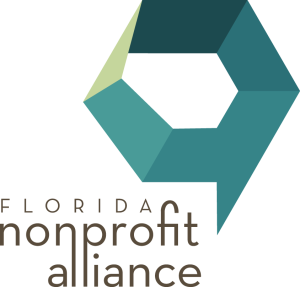If you want to convert your one-time donors into monthly givers, pick up the telephone. Telemarketing allows an organization to talk about its needs and respond to questions in real time, processes credit and debit transactions immediately, and mine information.
“Since we started telemarketing in 2006, we increased the number of new (monthly) donors by 10 percent a year,” said Erin Monfort, an annual giving campaign specialist for Catholic Relief Services (CRS) in Baltimore.
That was one of the tips received by attendees of the National Catholic Development Conference (NCDC) 2013 conference in Grapevine, Texas, during a panel on monthly giving.
CRS just wrapped up a telemarketing-based lapsed donor program. The goal was to move these lapsed donors directly into their sustainer program, called Footsteps of Faith. According to Monfort, Footsteps has about 31,000 members, 8 percent of CRS’s donor base. In one month, CRS received 3,800 new sustainers due to the telemarketing program.
Mark Etling, donor development manager for the Missionary Oblates of Mary Immaculate, a religious nonprofit in Belleville, Ill., said to concentrate on existing donors, or at least those prospects with a prior relationship with your organization, for upgrading into sustained giving. “Prospect in the active donor file, including new names,” he said. “We don’t do cold acquisition. We tested it, and it was a dismal failure.”
For the Missionary Oblates, moving donors from one-time givers to monthly donors means better response rates (38 percent compared to 7 percent for single-gift givers) and lower cost to raise a dollar ($0.32 versus $0.57). The Oblates entice previous donors to become monthly donors by offering choices: the organization has three monthly giving clubs, each of which has its own marketing plan and set of perks.
Each club has average monthly gifts of at least $12, and response rates of 33 percent or more. Organization-wide, there are 5,713 donors who belong to at least one club. One-third, or 1,704, belong to two clubs, and 183 donors belong to all three. Because of the crossover, the Missionary Oblates has begun to insert brochures for the other clubs in some mailings, and in fiscal year 2012, club membership grew by 410 members. “It’s a start,” said Etling.
“Club members like clubs,” said Etling. They’re also solid planned giving prospects. In 2012, 47 donors left something to the Missionary Oblates in their estates; seven were club members. “Even though club donors are 3.5 percent of active donors, 14 percent put us in their estates,” said Etling.
“Try to acquire sustainers any way you can,” said Nicola Bach, senior account manager of national markets at Cambridge, Mass. software firm Target Analytics. She recommends including the option to become a sustainer on all communications your organization sends out. “The more sources you have, the more successful you can be.”
Bach said one of the most common mistakes in converting single-gift donors to sustainers is inadvertently downgrading them. “People who had previously given $500 per year are at the risk of being downgraded because the monthly ask is often not high enough.”
Make the option to convert to monthly given prominent on every donor communication your organization sends out, said Bach. “Take every opportunity to be out there,” she said. Try to acquire sustainers any way you can. A multiplicity of sources helps drive the number of sustainers. Using different channels will help you diversify and increase the numbers.”












